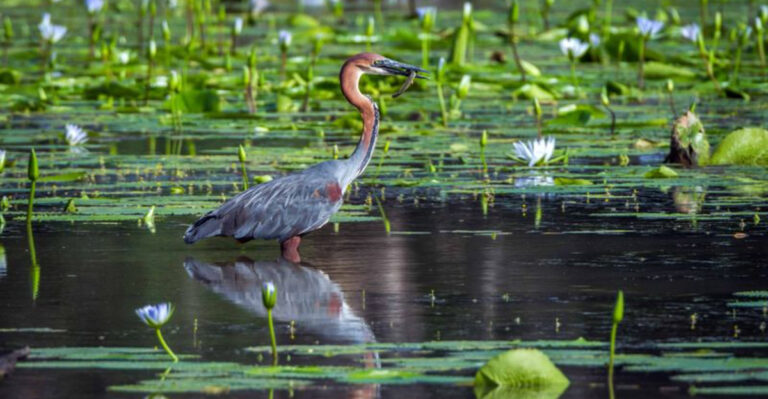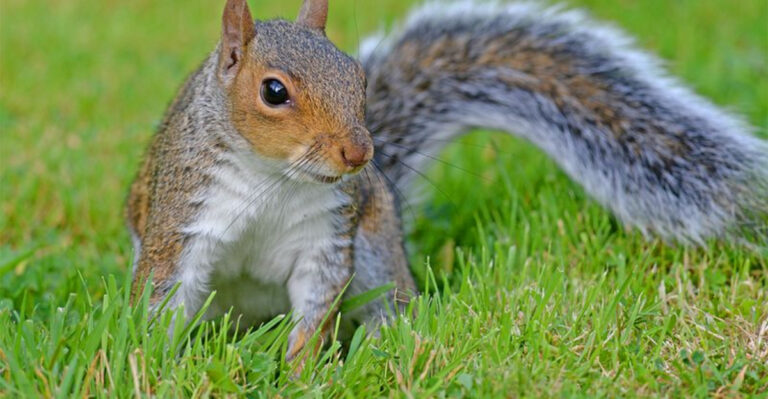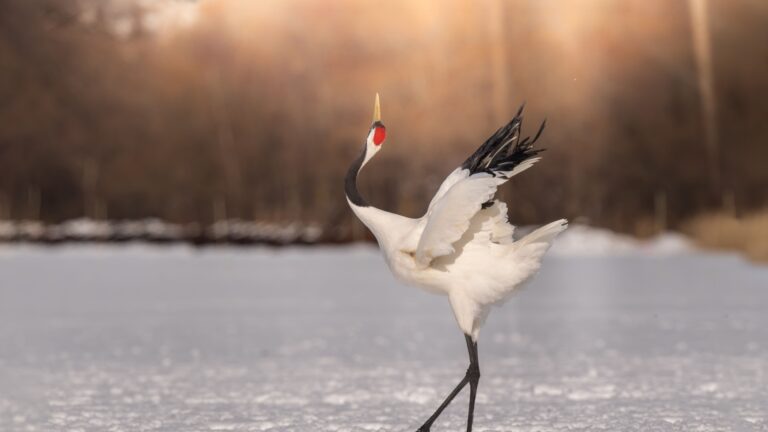13 Most Dangerous Insects Crawling Across America
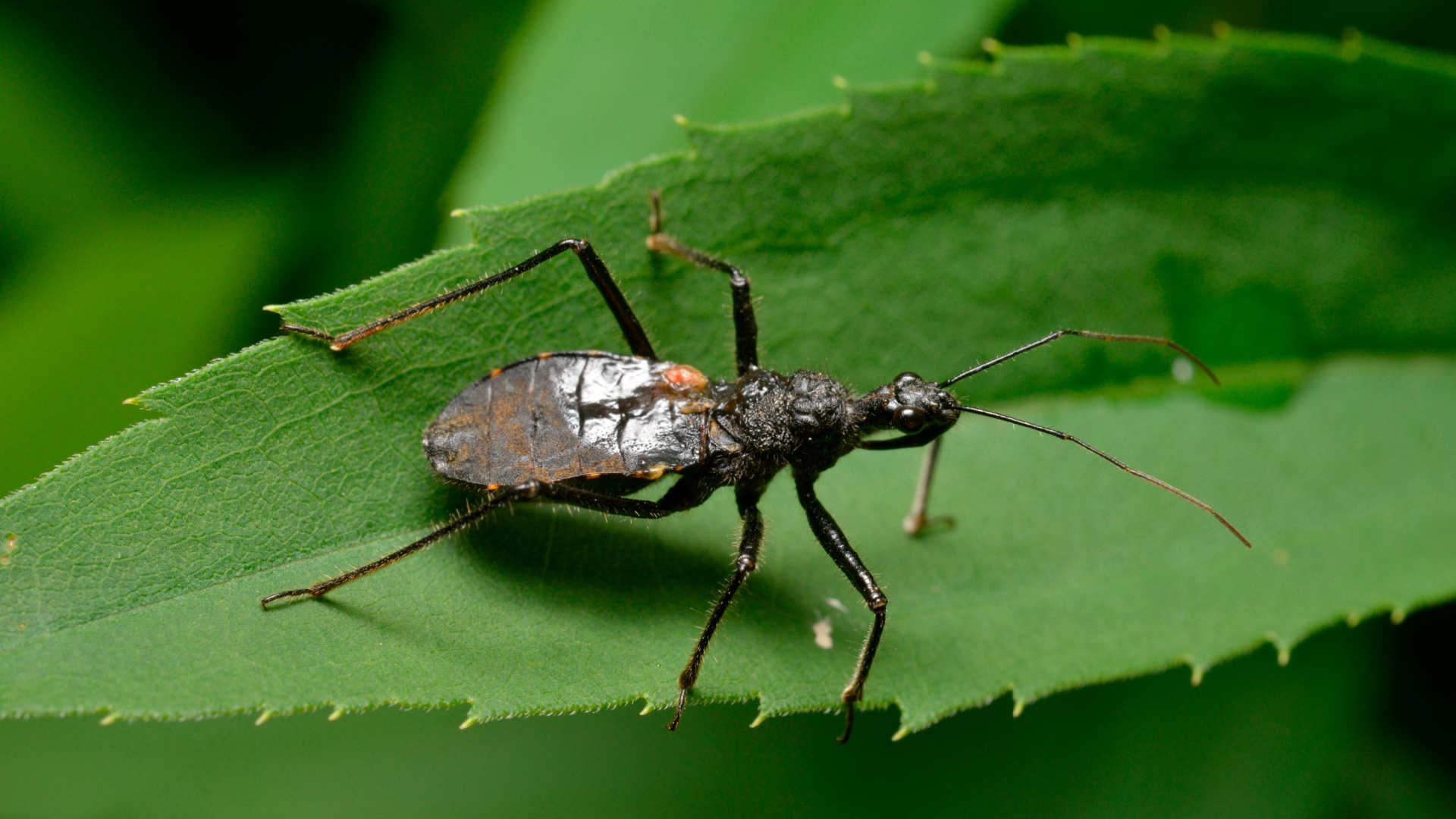
America is home to a fascinating array of insects, some of which possess a more dangerous bite or sting than others.
While these critters play a crucial role in the ecosystem, they can pose threats to humans and animals alike.
From venomous stings to painful bites, these insects highlight the perils crawling just outside our doorsteps.
1. Asian Giant Hornet
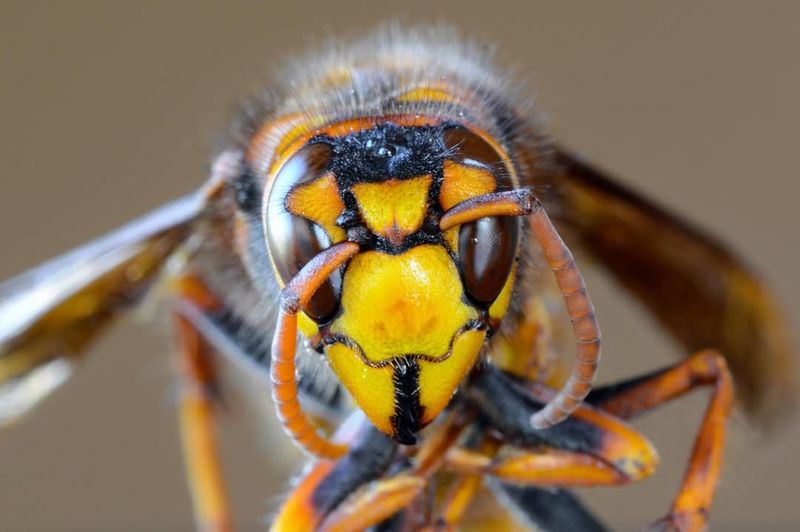
Meet the Asian Giant Hornet, a buzzworthy menace with a sting that feels like a bolt of lightning.
Known for its striking striped suit, this six-legged brute doesn’t just bug around. It can be aggressive, especially when protecting its nest.
Avoiding these hornets is wiser than trying to sting back. They are particularly active in the warmer months, making them a summer menace.
2. Brown Recluse Spider
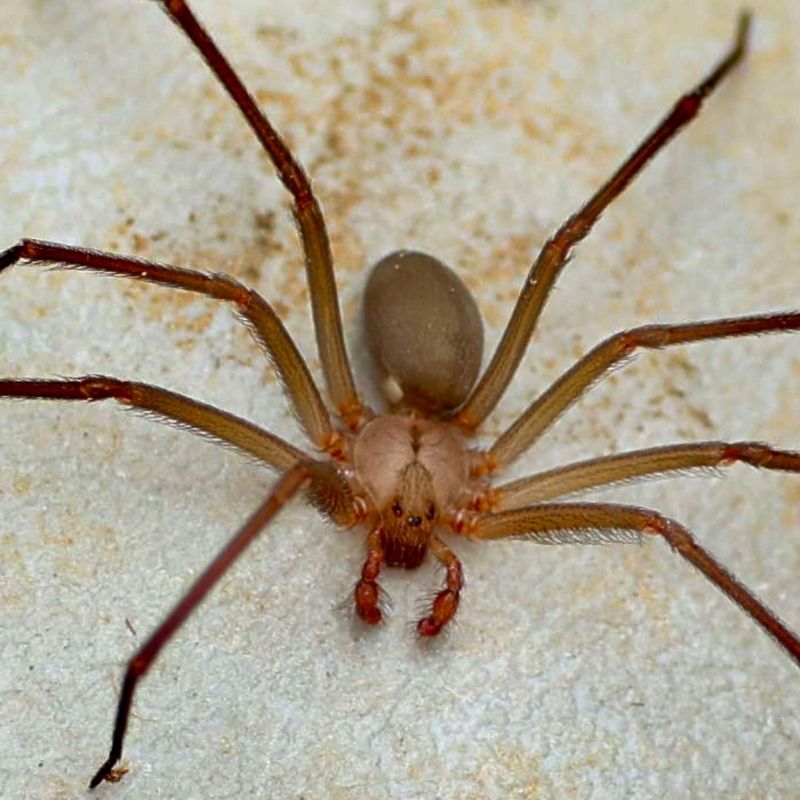
The Brown Recluse Spider, a violinist in disguise, plays a venomous tune with its bite. Known for its reclusive nature, it hides in quiet places.
While most bites are mild, some can cause serious skin damage. Keeping storage areas tidy and wearing gloves when rummaging can keep this arachnid’s strings unattached to you.
Remember, it’s reclusive, not a recluse, so give it space to stay away.
3. Black Widow Spider
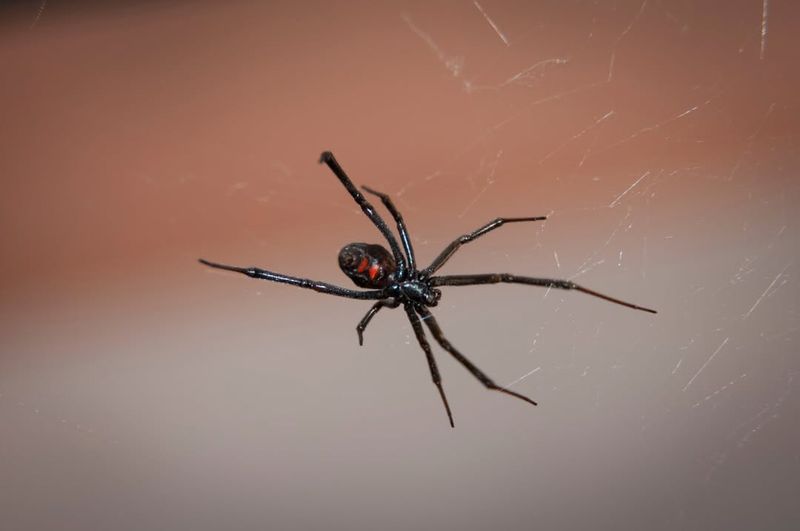
Lurking in dark corners, the Black Widow Spider spins webs and tales of fear. Its venomous bite is infamous, though fatalities are rare.
It’s best to observe from a respectful distance. Avoid clutter where they might hide, and keep areas well-lit to discourage nesting, ensuring they don’t weave their way into your life.
4. Fire Ant
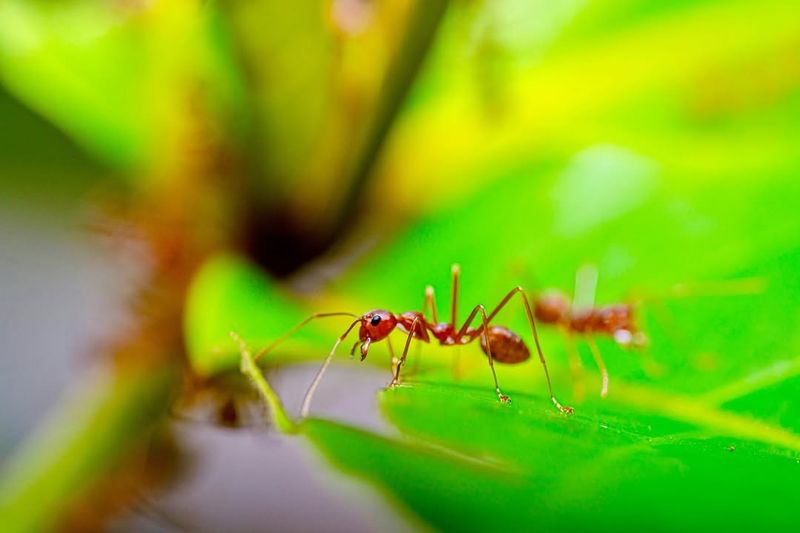
Don’t let their size fool you; Fire Ants pack a fiery punch with their bites. These reddish-brown critters are fiercely territorial, attacking intruders with a sting that burns.
Found in sunny fields and gardens, they build mounds that signal their presence. A cautious step can prevent a painful encounter.
They’re nature’s hotheads, so tread lightly where these ants march to avoid getting scorched.
5. Kissing Bug
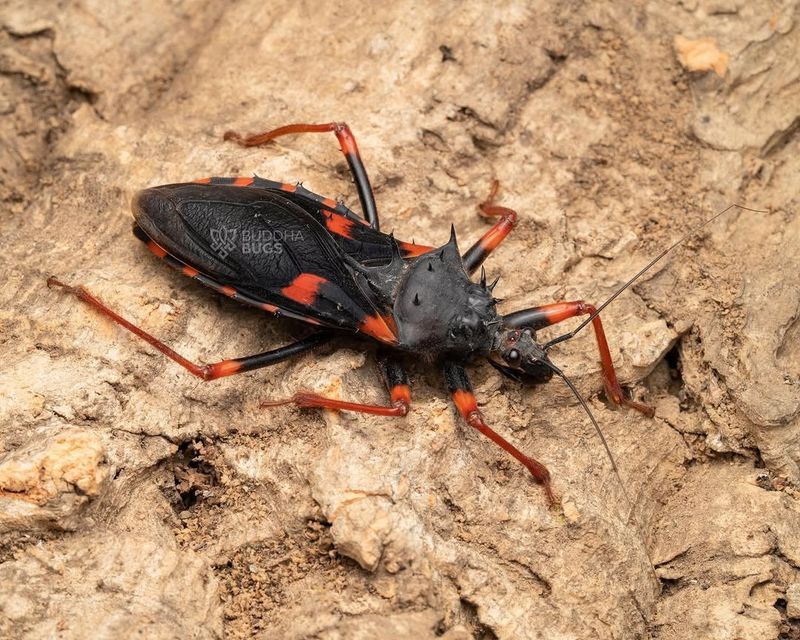
Romantically named but hardly amorous, the Kissing Bug spreads more than affection. Its bite can transmit Chagas disease, a serious health concern.
Found near wooded areas, these bugs thrive in cracks and crevices. Protecting your home with screens and sealing openings keeps them at bay.
Though they kiss, it’s a love bite you want to avoid, making them more foe than friend in the insect world.
6. Mosquito
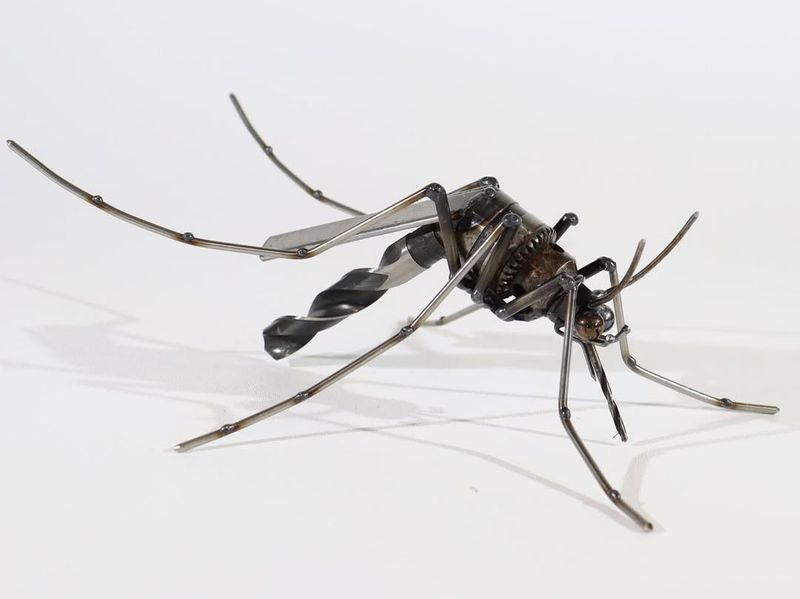
Often the life of the outdoor party, mosquitoes are uninvited guests that overstay their welcome. Known vectors for diseases like West Nile Virus and Zika, their bites cause more than itching.
Protective clothing and repellents help keep them at bay. They love stagnant water, so dumping standing water around your home can reduce their hangouts.
It’s best to swat away these pesky intruders with style.
7. Deer Tick
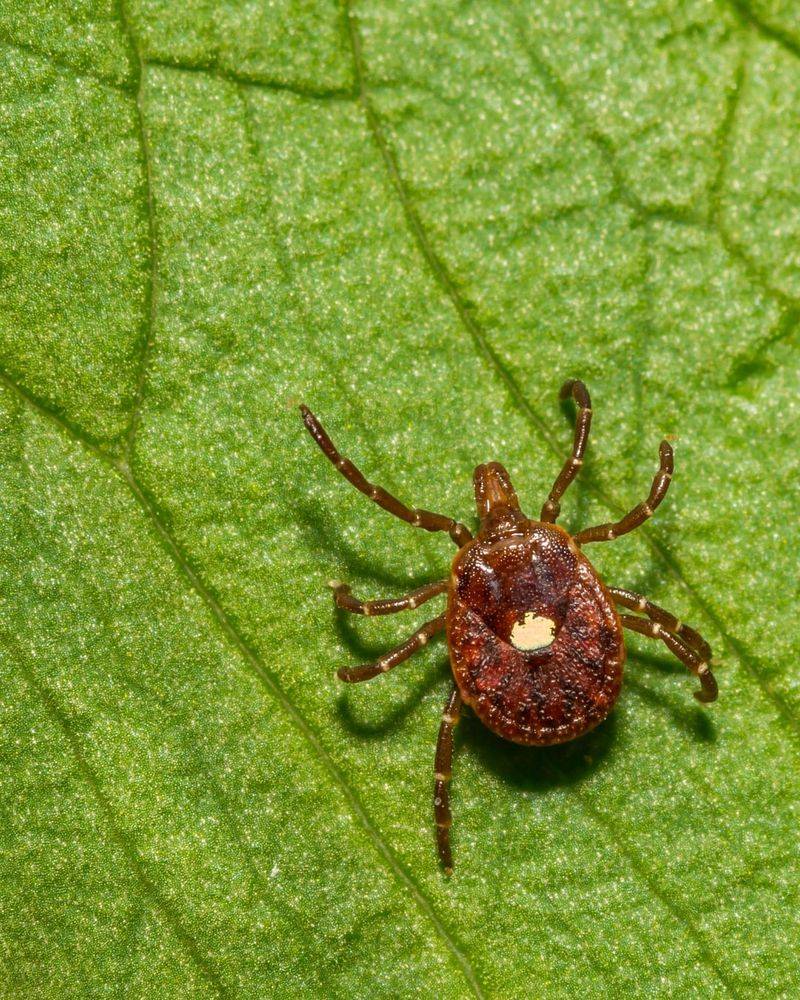
Small but mighty, the Deer Tick carries Lyme Disease, a hitchhiker that can cause serious health issues.
Found in wooded areas, these tiny terrors latch onto skin, feeding on blood. Wearing protective clothing and using repellent can fend them off.
Performing regular tick checks after outdoor activities can help catch these little stowaways before they make a home on you.
8. Wheel Bug
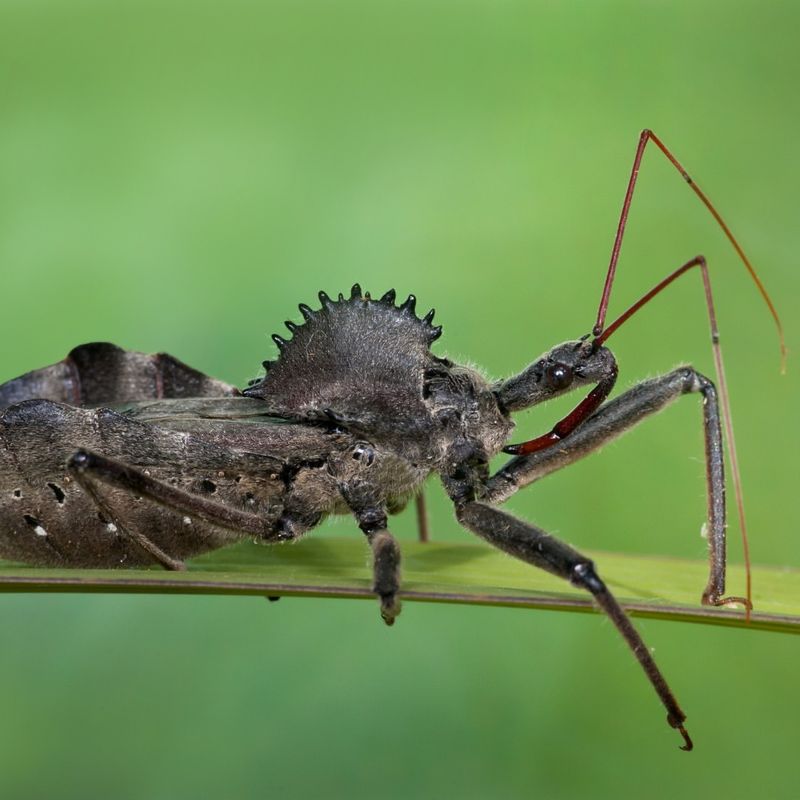
The Wheel Bug, a steampunk creation come to life, sports a gear-like wheel on its back. This quirky insect is part of the Assassin Bug family, preying on pests.
Its bite is painful, a warning not to meddle in its affairs. While it keeps gardens healthy, it’s best admired from afar.
9. Yellow Jacket
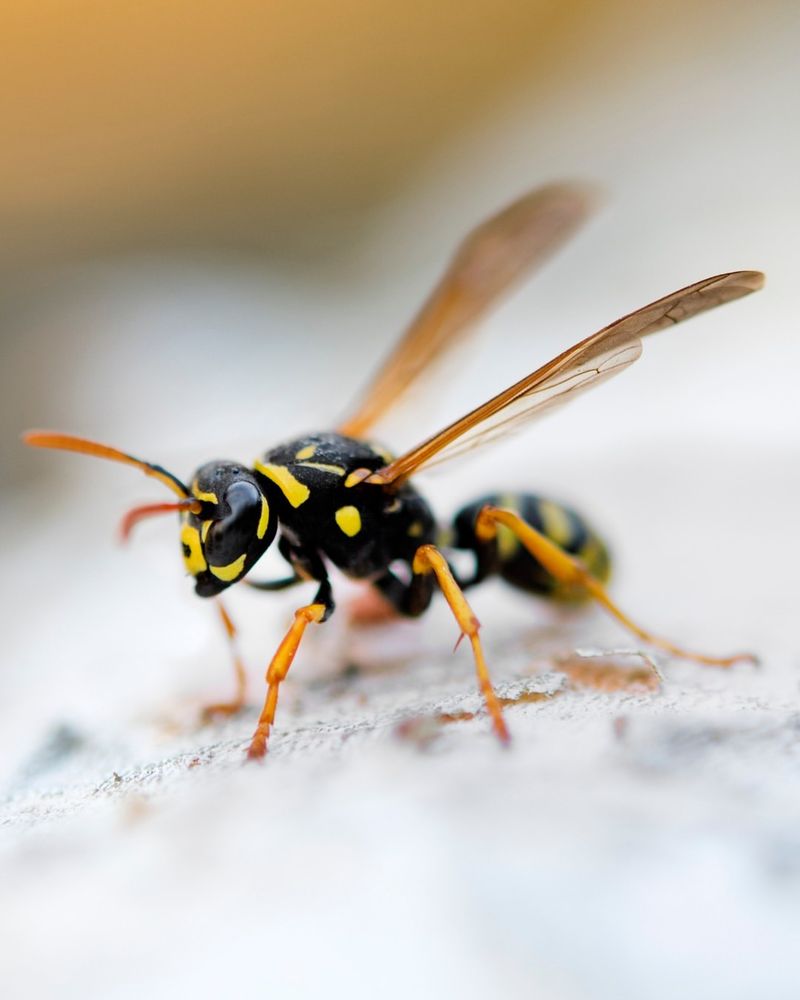
Yellow Jackets, the uninvited guests at your picnic, are more than just a nuisance. Their stings pack a punch, often delivered in defense of their nests.
These social insects are drawn to food, so keep dishes covered to avoid their attention. Their aggressive nature can turn a peaceful outing into chaos.
A little vigilance can prevent them from making your meal their own.
10. Assassin Bug
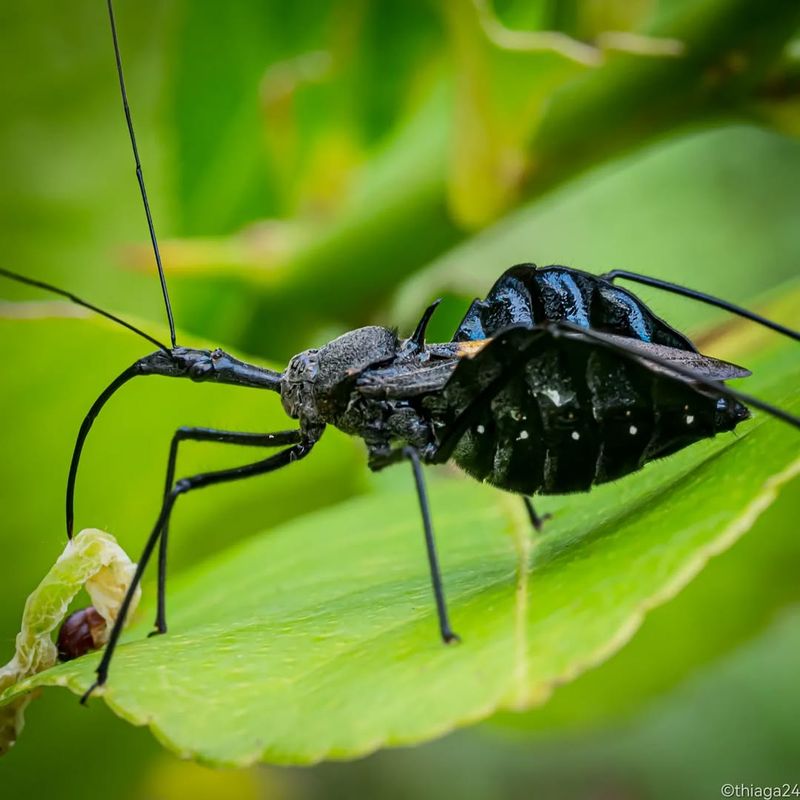
With a name like Assassin Bug, this insect lives up to its reputation. Its weapon of choice is a sharp beak, delivering painful bites.
Found across gardens, it preys on other insects, playing the role of garden cleaner. While beneficial, its bites are painful, so handle with care.
This bug isn’t out to get you, but it’s wise to let it carry out its own business undisturbed.
11. Bald-Faced Hornet
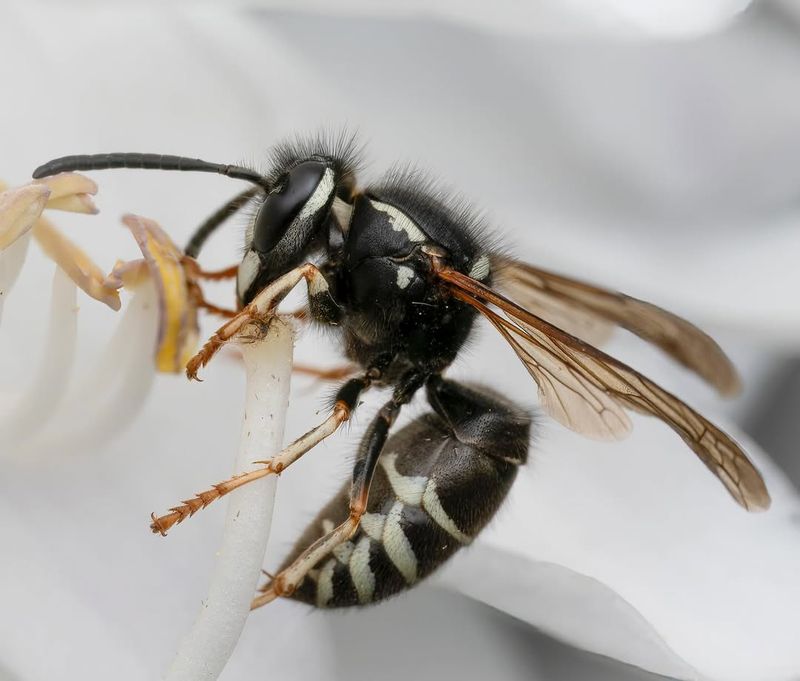
The Bald-faced Hornet, a black-and-white blur, guards its aerial nest fiercely. Their stings are painful, and they will chase intruders away.
These hornets play a key role in controlling pest populations, despite their fearsome reputation. Observing from a safe distance is wise.
Their nests are impressive feats of architecture, reminding us that even the most fearsome have their own role in nature’s web.
12. Scorpion
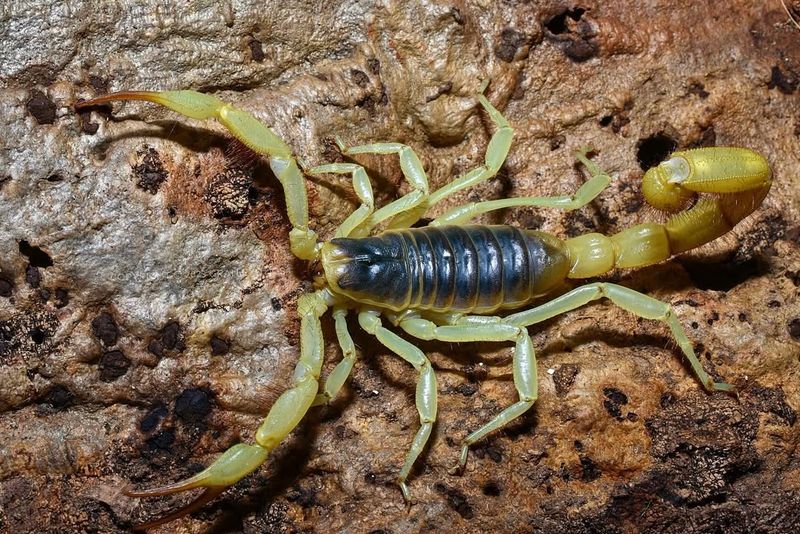
Scorpions, with their iconic pincers and stinger, are desert dwellers with a sting that can surprise the unwary. Found under rocks, they’re more defensive than aggressive.
While most species aren’t lethal, their sting can be painful. Wearing sturdy shoes and gloves when exploring their habitat is prudent.
These ancient arachnids remind us of nature’s primal side, thriving in harsh environments with resilience.
13. Tarantula Hawk Wasp
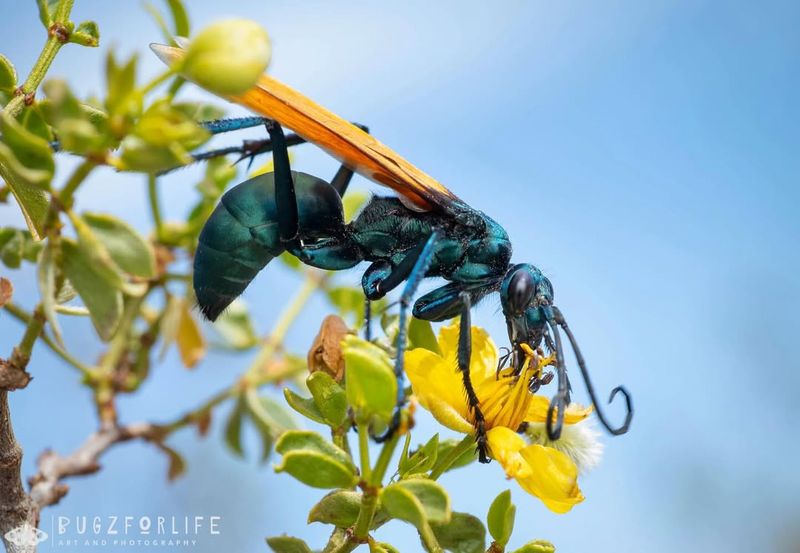
With striking orange wings and a shimmering blue-black body, this insect is hard to miss in the arid regions of the American Southwest.
The tarantula hawk wasp delivers one of the most painful stings known in the insect world, using it to paralyze tarantulas as hosts for its eggs.
Watching one in the wild is an unforgettable – and cautious – encounter with one of nature’s boldest hunters.

